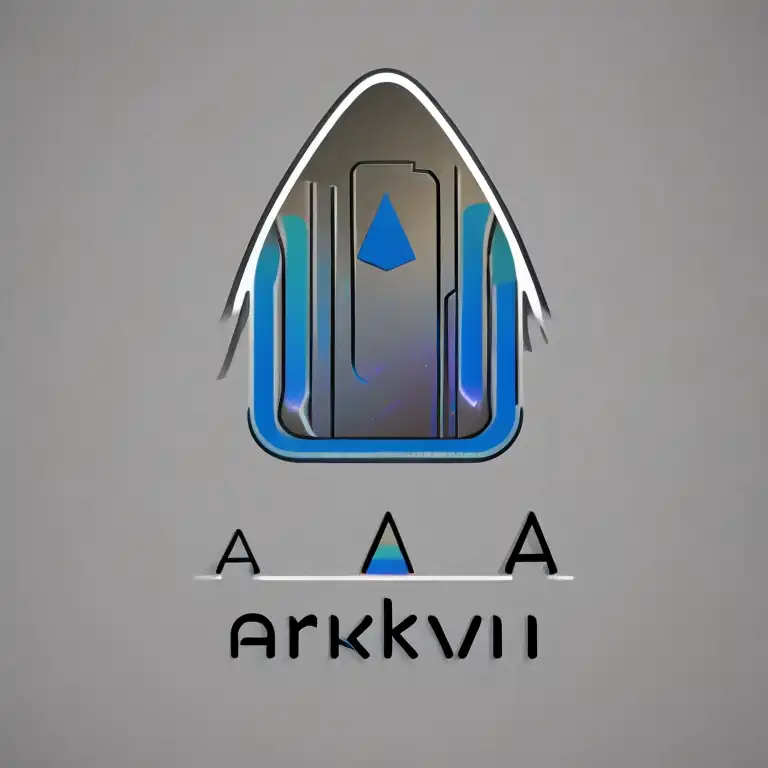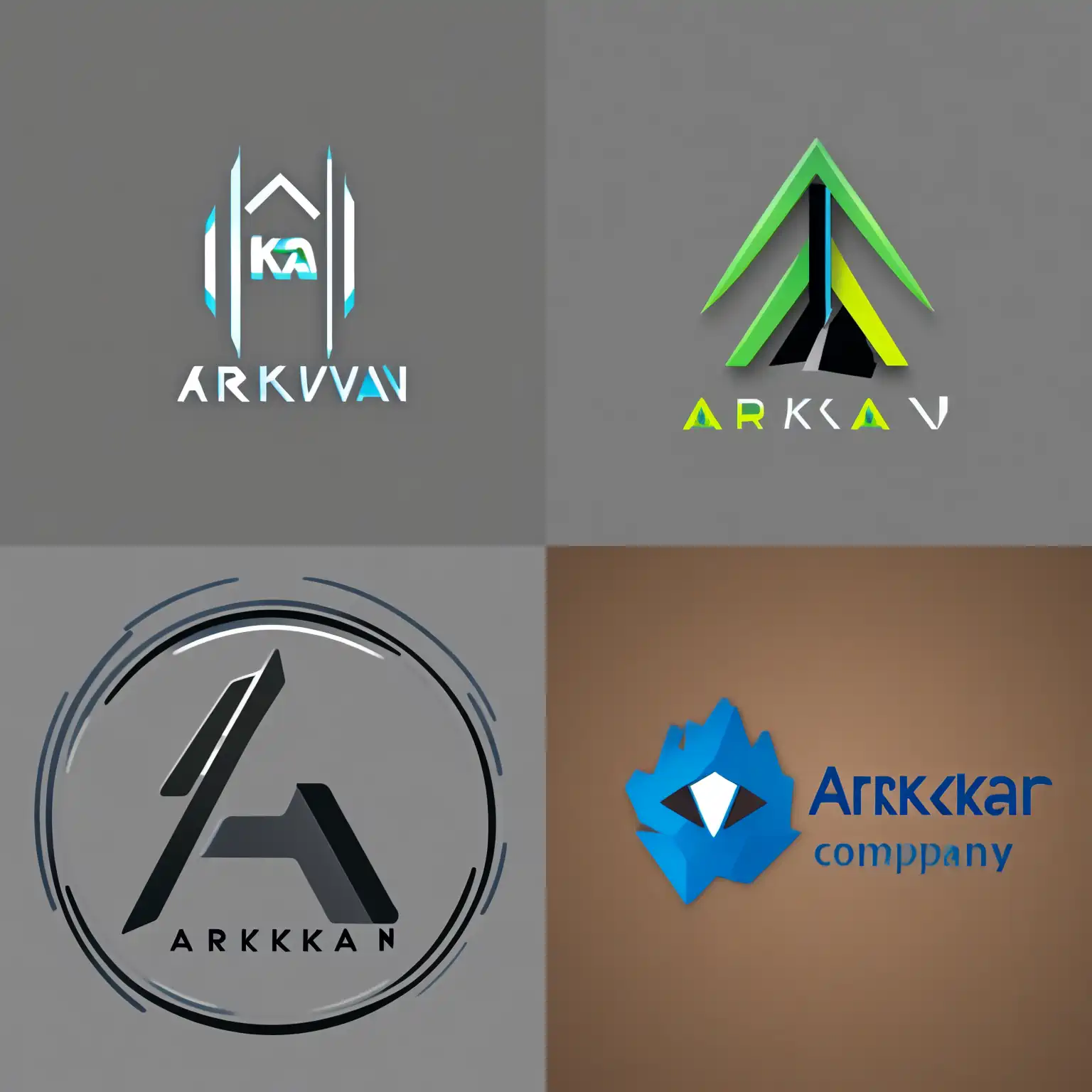As a brand-new startup, we found ourselves in need of a company logo. Unfortunately, the graphic designer we were relying upon had recently moved on, leaving us with no internal design expertise.
Instead of scrambling to replace our former designer, we decided to try generating a logo using AI. We’re AI experts, after all, so it made sense to give AI a shot.
Worst case, the AI tool would fail at replacing a human designer. But if that happened, we’d at least gain a better understanding of its capabilities.
Stable Diffusion to the rescue… maybe?
For this experiment, we chose Stable Diffusion, a relatively new deep learning, text-to-image model by RunwayML and Stability AI—a formidable competitor in open-source generative AI.
Developers originally trained the AI tool by feeding it myriad images collected from the web, along with their respective captions. Since its public release in September 2022, Stable Diffusion has rapidly gained popularity, amassing over 10 million users within the first month.
Stable Diffusion’s website boasts its AI tool generates “photo-realistic images” and “incredible imagery” based on any text input, promising to deliver “stunning art within seconds.” That sounds almost too good to be true.
So, we began by inputting our company name—DeepMake— along with a brief description of what we did and asked Stable Diffusion to create a company logo. We were curious to learn what kinds of designs it would come up with because DeepMake isn’t a real word; it’s simply a name we made up.
Unsurprisingly, Stable Diffusion immediately picked up on the embedded word “avian” and presumably concluded that DeepMake had something to do with birds. The first image it generated portrayed a diminutive raven inside a sphere of radiant turquoise energy.

Although this wasn’t a bad start, it’s not what we were going for, either. We wanted something edgier and more relevant—a logo design that embodies DeepMake’s vision to make Deepfake technology fun, easy, and accessible to artists and content creators everywhere.
Next, Stable Diffusion generated this image, which resembles an abstract, spaceship or maybe a futuristic birdhouse:

We found this try even less impressive than the first.
Not only is the image very generic, the text along with it is complete nonsense. This actually is a common occurrence with Stable Diffusion, which cannot generate meaningful text no matter how hard you might try to get it to.
As we refined our prompt to try to get Stable Diffusion to make a better logo, it produced an array of more bland and predictable outcomes. Stable Diffusion generated several other design ideas, many of which played upon A-shaped images and versions of the letter A. Here are a few examples:

To our dismay, the more we tried to focus the model on a good logo, the more generic and boring the results became. This lead us to think about that first result. Even though the raven hadn’t been ideal, we still preferred it over the designs that followed.
We decided that bird imagery could be a viable option for DeepMake’s logo. The biggest problem with the initial design was that the raven wasn’t meaningful to us. It was just a bird with no real connection to what we did (Plus it looks suspiciously similar to an existing social media empire gone cyberpunk).
Because we liked the bird concept well enough, we decided to continue exploring Stable Diffusion’s bird imagery. After iterating on the bird concept, the AI tool returned a stylized image of an African sacred ibis.

The ancient Egyptians regarded the ibis as a manifestation of Thoth, the god of mathematics and magic and the master of knowledge.
Bingo! This was an interesting connection to a concept that actually felt like it fit into the DeepMake brand. Finally, we had a viable design idea that reflected the type of image DeepMake wanted to portray.
Then came the next challenge. While the design was inspiring, it wasn’t enough on its own. We needed a company logo with readable text in an attractive font that complemented the design.
However, no matter how hard we tried, we couldn’t get Stable Diffusion to actually finish the job. The logos both before and after we settled on the Ibis imagery were useless as logos, either too complicated, too generic, or just bad logos.
We had to admit defeat, We just couldn’t get Stable Diffusion to finish the job. It just wasn’t able to create a quality logo. However, armed with our concept and the images generated by Stable Diffusion, we were able to hire a logo designer who used the AI-generated design concept as inspiration to create our new logo.

Even though we had to hire a human to finish the job, we found Stable Diffusion to be a valuable brainstorming tool that saved us considerable time and cost. It saved us a lot of the time we would have spent on early ideation and reduced the number of revisions with the final artist. It also meant that our costs were much lower as we were able to skip a lot of the early concept stages that can cause a lot of back-and-forth with the designer and get a logo that meant something to us as a company.
The key takeaway here is that AI can generate pedestrian responses, but it lacks a cohesive intelligence. While Stable Diffusion can make an image from your concept, it can’t replace a skilled graphic designer—just as ChatGPT can’t replace a skilled writer. You need that “human element” to dig deeper and create something truly meaningful.
Like quality writing, good design requires a human touch. Unless AI develops the ability to think like a human, it won’t be replacing skilled professionals anytime soon.
